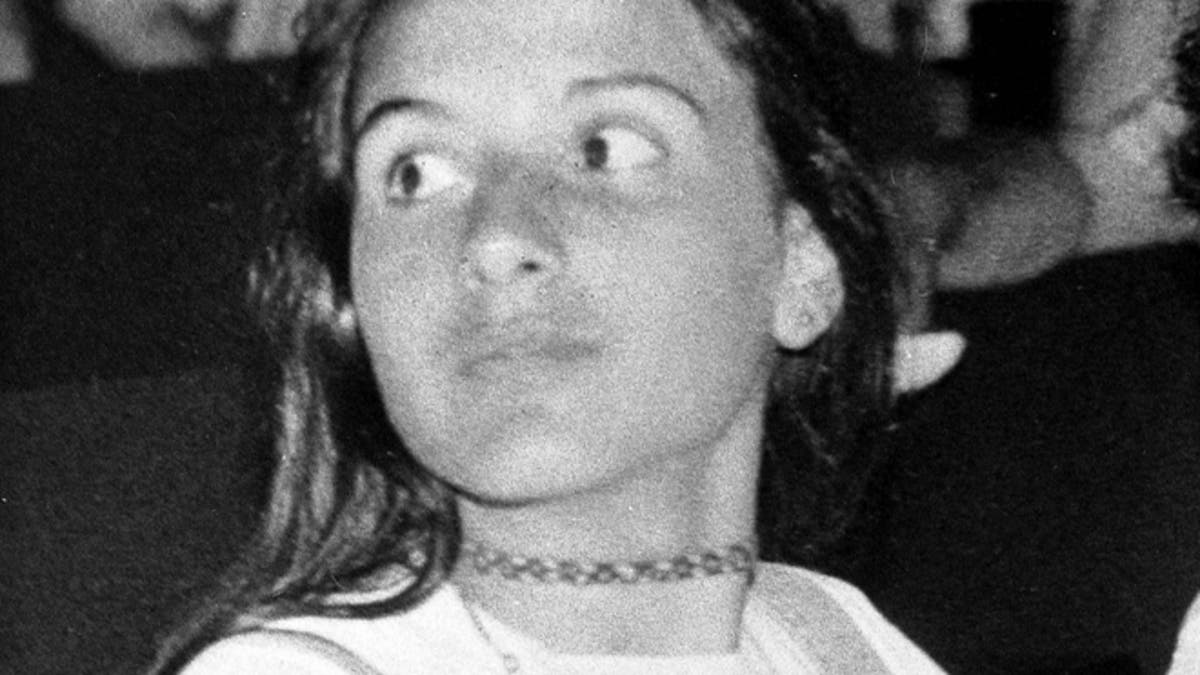
An undated photo showing Italian teenager Emanuela Orlandi, the daughter of a Vatican employee, believed to have been kidnapped after a music lesson in Rome on June 22, 1983 when she was 15-years-old. (AP)
VATICAN CITY – The Vatican insisted Saturday it has done everything possible to try to resolve the 1983 disappearance of an employee's teenage daughter and has no objections to allowing inspection of the basilica tomb of a reputed mobster from a gang purportedly linked to her presumed kidnapping.
Its chief spokesman, the Rev. Federico Lombardi, made the assertion following media speculation that the Vatican knows something it has not revealed about the disappearance of Emanuela Orlandi in Rome. Sparking the speculation was a Good Friday homily on April 6 in St. Peter's Basilica by the papal preacher, who decried that many "atrocious" crimes go unsolved.
With Pope Benedict XVI among those listening, the preacher, the Rev. Raniero Cantalamessa, included this ringing appeal in his homily: "Don't carry your secret to the grave with you!"
The priest didn't name any names or specify any crimes, but his unusual choice for Good Friday reflection immediately sparked speculation that the appeal must have been meant for some Vatican official with knowledge about the Orlandi case, which the Vatican has viewed as a kidnapping.
Emanuela Orlandi was 15 when she disappeared after leaving her family's Vatican City apartment to go to a music lesson in Rome. Her father was a lay employee of the Holy See.
Because she vanished two years after the attempted assassination of Pope John Paul II in St. Peter's Square, some, Vatican officials among them, "shared the prevailing opinion that the kidnapping might have been used by some obscure criminal organization to send messages or enact pressure in the context of the jailing and interrogation of the pope's attacker," Lombardi said, referring to the Turkish gunmen, Mehmet Ali Agca.
Referring to the recent speculation, Lombardi said in a written statement that "doubt has been raised as to whether Vatican institutions or personalities truly did everything possible to contribute to the search for the truth about what happened."
Lombardi gave details of what he said were Vatican efforts to help during the early days of the case.
"Just to give one example, the investigators, and above all, SISDE (intelligence) agents had access to the Vatican switchboard to hear possible calls from the kidnappers," he said. He added that the Vatican authorized Italian investigators to tap the Orlandi family's phone and to come and go to speak with the family without having to first ask Vatican permission.
"All the Vatican authorities collaborated, with commitment and transparency, with the Italian authorities to deal with the kidnapping in the first phase, and, then, later in the successive investigations," Lombardi maintained.
"As far as we know, there is nothing hidden, nor are there 'secrets' n the Vatican to reveal on the subject," Lombardi said. "To continue to assert it is completely unjustified; also, we reiterate, yet again, all the material from the Vatican was handed over, in its time, to the investigating magistrates and to police authorities."
Apparently in hopes of putting to rest speculation, the Vatican is willing to allow a reputed mobster's tomb in the Vatican Basilica dell'Apollinare, a Rome church, to be inspected, and the remains moved elsewhere, Lombardi added.
Four years ago, Italian news reports quoted the dead man's former lover as telling Rome prosecutors that mobsters from the city's crime syndicate, known as the Magliana gang, had kidnapped the girl and had her body dumped in a cement mixer near a beach outside the capital.
Italian prosecutors cannot publicly discuss a case while it is under investigation, so it is unclear if these claims have shed any light on Orlandi's disappearance.
The Vatican at the time described the woman's claims as having "extremely doubtful value." The woman's lover, Enrico De Pedis, was gunned down in 1990 as he rode his motorscooter in Rome.
The 2008 media reports also claimed the woman told prosecutors that the girl had been kidnapped on orders from Archbishop Paul Marcinkus, the late U.S. prelate who had headed the Vatican bank and was linked to a huge Italian banking scandal in the 1980s. Marcinkus had always asserted his innocence in the scandal.
Lombardi noted in his statement that the De Pedis tomb in the basilica "has continued and continues to be the motive of questions and discussions," but he offered no explanation as why a reputed mobster would be buried in a Vatican church.
He recalled John Paul's "intense personal involvement" in the suffering of the girl's family, and said "suffering unfortunately is revived with every new path of explanation, so far without result."




















